- 3 Posts
- 21 Comments
Ten or fifteen years ago I almost certainly would not have found the girls as bland and annoying as I do watching this today. I think a combination of having read/watched dozens of series with similar characters, as well as aging out of the teenage/young adult demographic, made me completely uninterested in these characters… to the point that watching TEW felt like I was unironically “watching it for the plot”: I’m just here for the trains, bizarre setting, and surreal vibe!
This is entirely a matter of opinion, of course. However of the people I know aged 30 and up who watch anime, I don’t think most of them would particularly enjoy the girls, and most likely would shy away from the series specifically because of their presence. That’s generally the type of audience I write reviews for; these reviews are posted to the “Animation and Comics after 30” community first and cross-posted here when relevant. Once upon a time I was into “cute girls find cute things series” (I re-watched Lucky Star at least once), but tastes change as you age, and while some older viewers may still enjoy these characters, I definitely did not.
One series I am really interested in this season is Dead Dead Demon’s Dededededestruction, in part because the teenage girl cast don’t look or act like stereotypical anime girls. Compared to most anime girls, it’s almost as if the manga author pulled an Alien and wrote the characters to be gender neutral, since they often act more how I’d expect teenage boys in anime to act. Watching this series reminds me of watching the live action series Derry Girls: here’s a cast that compared to most media feels like a real-life group of teenagers, awkward and weird. I don’t think the manga quite translates to the animated format, but that’s a topic for a separate review.
I’ll add in that Kino’s Journey was originally a light novel series, キノの旅 (Kino no Tabi). I never actually saw the anime, but really enjoyed the light novels (I read them in Japanese; hopefully the English translation is equally good).
I think Kino is a great series for anyone who enjoys dystopias and social commentary. It’s a bit like The Twilight Zone or Black Mirror with its episodic premise of “imagine if there were a society that functioned like [concept of the week]; wouldn’t that be interesting/weird/fucked up?” Definitely not your standard anime/light novel! And yes, the tone of TEW and Kino is completely different; as mentioned in another comment, the similarity is in the setting/premise of exploring different isolated communities that each have some bizarre unique feature.
Thanks, I’ll hop over and see what others said
For sure, the tone of TEW is nothing like Kino (I only read the light novels, but I’m assuming the anime is similarly dark). However I thought the setting hit similar notes: visiting isolated city-state-like communities separated by vast, unpopulated expanses, each dramatically different from the others in some strange, unfortunate manner. I loved this world-building premise in Kino, and was happy to see it again but with a different twist in TEW.
It depends on what your likes/dislikes are when it comes to languages. I much preferred learning kanji to memorizing noun genders and verb conjugations of European languages.
Japanese has significantly fewer sounds than many languages, so homonyms are inevitable. Thanks to kanji this isn’t much of an issue in written Japanese, but spoken Japanese (and Japanese written without the use of kanji) relies heavily on context.
The alternative would be ridiculously long words. Example: the English word “extra” (five letters, two syllables) is pronounced “ekisutora” in Japanese (still five letters, but also five syllables); this is a result of every consonant needing to be followed by a vowel (except for “n” and a short list of compounds like “sh”). Additionally, Japanese only has five vowel sounds, plus a few that you can force out (e.g. “ka” can be slightly modified to “kya” to approximate the “a” sound in “cat”). Japanese also contains fewer consonant sounds than a number of other languages.

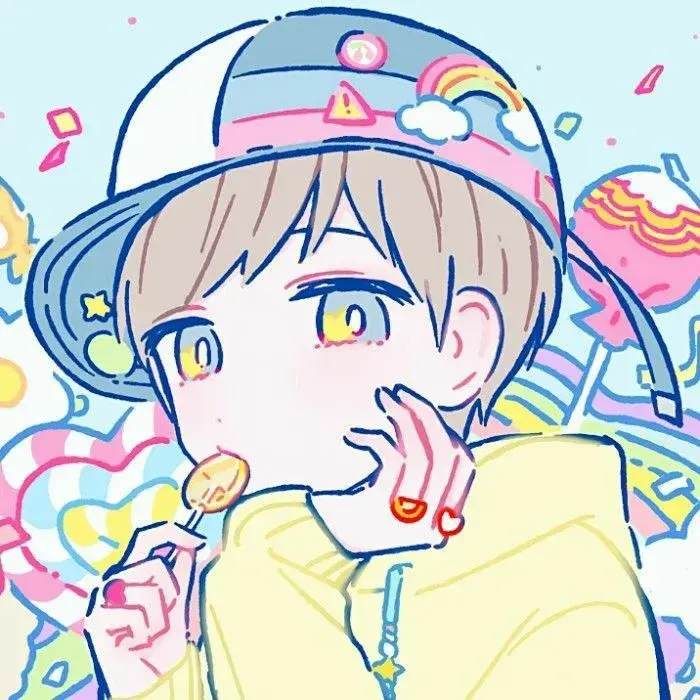 2·2 years ago
2·2 years agoI think it slipped under a lot of folks’ radars! “Delightfully silly and educational” is a pretty good summary. It’s also one of the very few “family TV” anime out there: nothing questionable for the kids, nothing obnoxious for the adults, hopefully interesting and engaging all around.
Wait 'til you find out about Yu-Gi-Oh
There’s plenty of Christianity-as-a-source-material media out there. The obvious example is the Narnia series, but LotR was also highly inspired by Tolkien’s faith. Many pre-20th century Western works are based in Christianity (when the world was less secular). It’s fallen out of favor recently so most Christian works that make it big are Evangelical, like the Left Behind series.
As another comment mentioned, there actually is a Bible stories manga/anime, but it’s pretty old.
If those count, we should also toss in Bokusatsu Tenshi Dokuro-chan, Heaven’s Lost Property, Blue Exorcist, and Kamikaze Kaitou Jeanne.
Or Qwaser of Stigmata! Only issue is that it’s Eastern Orthodox Christianity, but as long as you’re cool with that…
I’m going to second this opinion. You’re not going to find an anime that’s Christian in philosophy/religious doctrine. There are a decent number that use Christianity as a motif or setting however. Chrono Crusade is maybe the closest you’ll get. Or you can go the Maria-Sama ga Miteru direction, which takes place at a Catholic girls school (but all the characters are lesbians, and it aired in an era when the Catholic Church was very anti-LGBTQ so…)
Edit: Kids on the Slope has Christianity (or rather, being a Christian in Japan) as a minor theme, and it’s historical fiction so it might be one of the most accurate portrayals of Christianity in anime.
Saga of Tanya the Evil may be the greatest isekai of all time. Also the complete opposite of a harem. I’m not sure there is any romance in the series at all, actually.

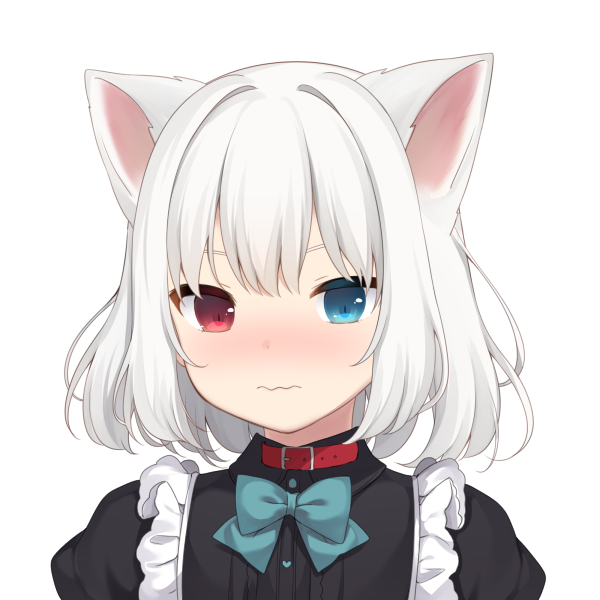 1·2 years ago
1·2 years agoYou are free to disagree with my assessment.

 1·2 years ago
1·2 years agoYou’re absolutely correct; for the sake of the discussion I was assuming US/Western cultural standards given the Lemmy platform and English-language discussion. And I didn’t mean to shame Japanese standards necessarily; I think issues like violence in the media are less of a concern in a country with low levels of violent crime for instance. However especially as a former resident of the country, I’ve been disappointed with Japan’s general lack of progress on many social issues (such as gender norms and LGBTQ acceptance) even as many of their Western contemporaries have made great strides. I do think this is reflected in their media, anime obviously included. This isn’t to say there haven’t been changes to anime, but many of them appear only to placate highly specific demands of the overseas market, such as the disappearance of “female-presenting nipples” even in otherwise highly sexualized series.

 1·2 years ago
1·2 years agoAgain, I’ve only read the manga so I don’t know how they’re portrayed in the anime, but:
Yuzuriha: primary purpose is motivation for the male protagonist (ala Miho Asuki in Bakuman)
Kohaku: min-maxed strength and dexterity at the loss of intelligence, wisdom, and self-initiative (and I’m sorry, but that is one ridiculously skimpy outfit, especially given her acrobatic role)
Suika: pre-pubescent characters (thankfully!) usually bypass misogyny/hypersexualization so I don’t include her in my assessment
And then there are the other first-half characters, like:
Ruri: helpless sick girl (omg that shot of her being fed medicine)
Kirisame: zero self-initiative (mindlessly follows orders), and that outfit makes Kohaku look like a nun
And a bunch more that I don’t remember because it’s been a while since I read the series.
The first female character I didn’t feel at least a little uncomfortable about was Chelsea, who I think is actually a strong character and the first (non-child) female character to be accepted into the group for her insight, smarts, and decision-making skills, AND her design is not sexualized (almost as if she stumbled in from another series). But she appears quite late in the series, hence my comment about the first half. Some of the American female characters are also okay, but not great (and again, introduced in the latter half). But even towards the end, the male characters are in nearly all the leadership positions, and the female characters are left to play support.
I don’t mean to single out Dr Stone; you could do a similar analysis for most anime and nearly all shonen series. But especially given the gender imbalance in STEM, it’s unfortunate to see more business as usual.

 2·2 years ago
2·2 years agoSailor Moon is another great example: despite being a kids show it underwent a LOT of censorship changes when it was aired in the US (although much of it was LGBTQ erasure). American media has a lot of issues, but I’d consider US-made cartoons significantly less likely to contain problematic content (especially anything from the last decade, as US studios have become more focused on avoiding that sort of thing because of public outcry, whereas I don’t get the impression the Japanese public cares as much).

 41·2 years ago
41·2 years agoI’ve only read the manga, but I found Dr Stone to be really misogynistic, in a low-key but pervasive way. Nearly all the female characters (especially in the first half) are vapid and highly sexualized. Maybe the anime is better? MHA’s female characters are also overly sexualized, but at least they’re as well-developed as the male characters.
Also to be clear, Cells at Work: Code Black is a spin-off which is NOT age appropriate (albeit the superior series IMO).
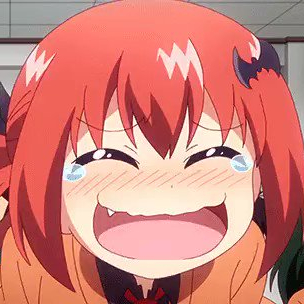

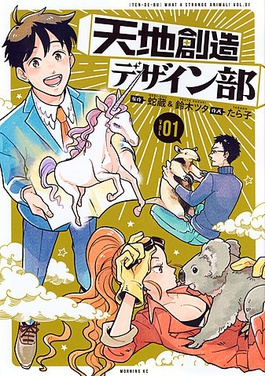
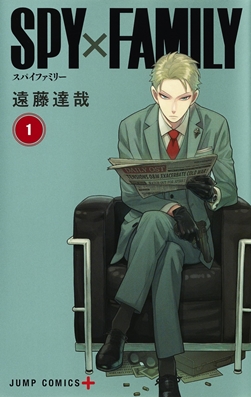
Dagashi Kashi has some questionable thigh gaps, but this one from ch 60 is so bad I was compelled to drop everything and post it. I’m still pondering the physics and anatomy necessary to maintain a thigh gap in this sitting position.